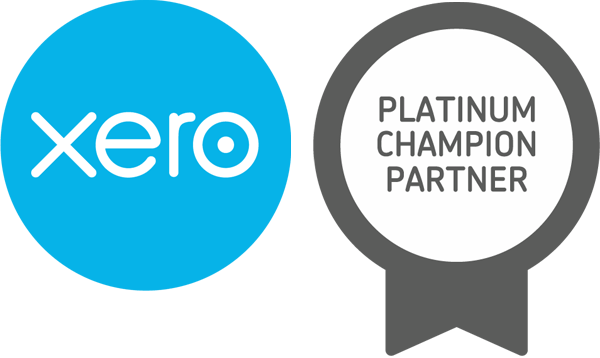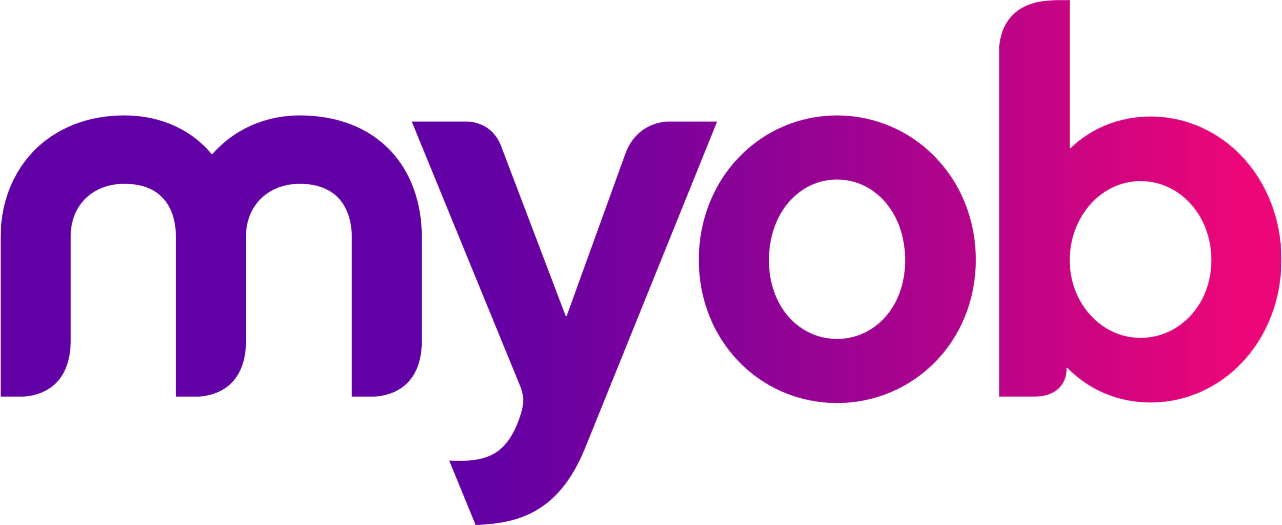Instant Asset Write-off Extended to 30 June 2025
Announced as part of the 2024–2025 Budget, and now legislated, the $20,000 instant asset write-off limit has been extended for a further 12 months until 30 June 2025 to continue to provide support for small businesses.
The instant asset write-off enables eligible businesses to claim an immediate deduction for the business portion of the cost of an asset in the year it is first used or installed ready for use. The write-off can be used for new and second-hand assets, and for multiple assets if the cost of each individual asset is less than the relevant limit.
To claim the instant asset write-off, a small business must use the simplified depreciation rules, and the write-off cannot be used for assets excluded from those rules. Eligibility criteria, the year in which you may use the instant asset write-off to claim an immediate deduction for an asset, and the threshold limits, have changed over time, and depend on:
• Your aggregated turnover (the annual turnover of your business and that of any business entities that are your affiliates or connected with you);
• The date you purchased the asset;
• When it was first used or installed ready for use; and
• The cost of the asset being less than the limit.
To be able to take advantage of the $20,000 threshold for the 2024–2025 income year as a small business you will need to: have an aggregated turnover of less than $10 million; apply the simplified depreciation rules; and acquire the asset and first use it, or install it ready for use, between 1 July 2024 and 30 June 2025.
The $20,000 limit applies on a per asset basis, so you can instantly write off multiple assets.
Assets valued at over $20,000 can continue to be placed into the small business simplified depreciation pool and depreciated at 15% in the first income year and 30% each year after that. Additionally, pool balances under $20,000 at the end of the 2024–2025 income year can be written off.
The simplified depreciation rules apply to most depreciating assets, including items like office furniture or equipment; computers; tractors or tools. However, the instant asset write-off doesn’t apply to certain depreciating assets, including assets leased out for more than 50% of the time on a depreciating asset lease; horticultural plants, including grapevines; software allocated to a software development pool; assets used in your research and development (R&D) activities; and capital works, including buildings and structural improvements.
Please contact our office if you have any questions . T: 03 5571 0111 E: reception@coggergurry.com.au or make an online enquiry www.coggergurry.com.au/coggergurry_contact_us









